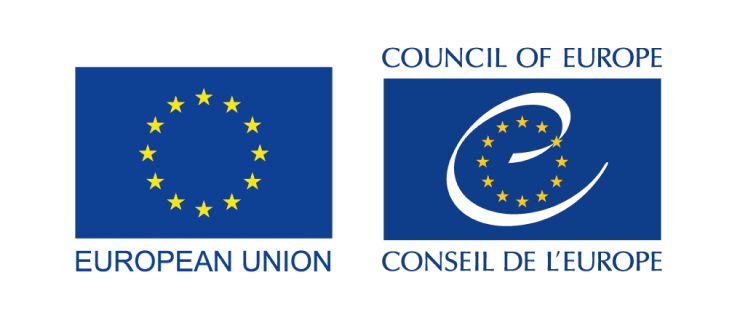International Organisation Resource
The changing face of Europe – population flows in the 20th century
Bülent Kaya • Council of Europe • 2002
Levels and forms of education
Lower Secondary Education
Upper Secondary Education
Resource type
Conceptual or themathic publications
Historic approaches concerned
Cultural History
Economic History
Gender History
Local History
Microhistory
Political History
Social History
Transnational History
Historic period
20th Century
1900-1945
1900-1914
First World War
1918-1939 (“Interwar Period”)
Second World War
1945-2000
1945-1960
1960-1970
1970-1980
1980-1990
1990-2000
Countries or areas concerned
Europe, Central Europe, Eastern Europe, Southeastern Europe, Northern Europe, Southern Europe, Western Europe
Languages
English
Description
The changing face of Europe – population flows in the 20th century was produced as part of the Council of Europe‘s education project “Learning and teaching about the history of Europe in the 20th century”. The project aimed to produce innovative teaching resources for secondary schools which would help school teachers and students alike to approach key historical issues, in this case migration, to better understand the nature of the Europe in which they live. This study examines all aspects of migration, its different flows and types, such as economic, forced and ethnic, as well as its impact on economics, demography and social and cultural life. National policies on integration and naturalisation, and how they are conditioned are examined and compared. From a variety of sources (maps, statistics, first person accounts of migrant life – sometimes humorous, sometimes tragic – novels, films and surveys), a web of causes and effects emerges, depicting migrant life today. In this way, the reader gains an overview and the beginning of a deeper understanding of this complex subject. In spite of progress made in the perception of migrants and their contribution to society – economic benefits, cultural pluralism, ragamuffin and raï – the author does not hesitate to point out the existence of double standards. “High-status nomadic brains” with skills to sell pass borders freely in the name of globalisation, while migrants fleeing political or ethnic persecution may not pass through the ever-tightening nets that immigration countries are erecting.
Keywords
migration
immigrants
cultural diversity
racism
discrimination
wars
naturalisation
multilingualism
demographics
